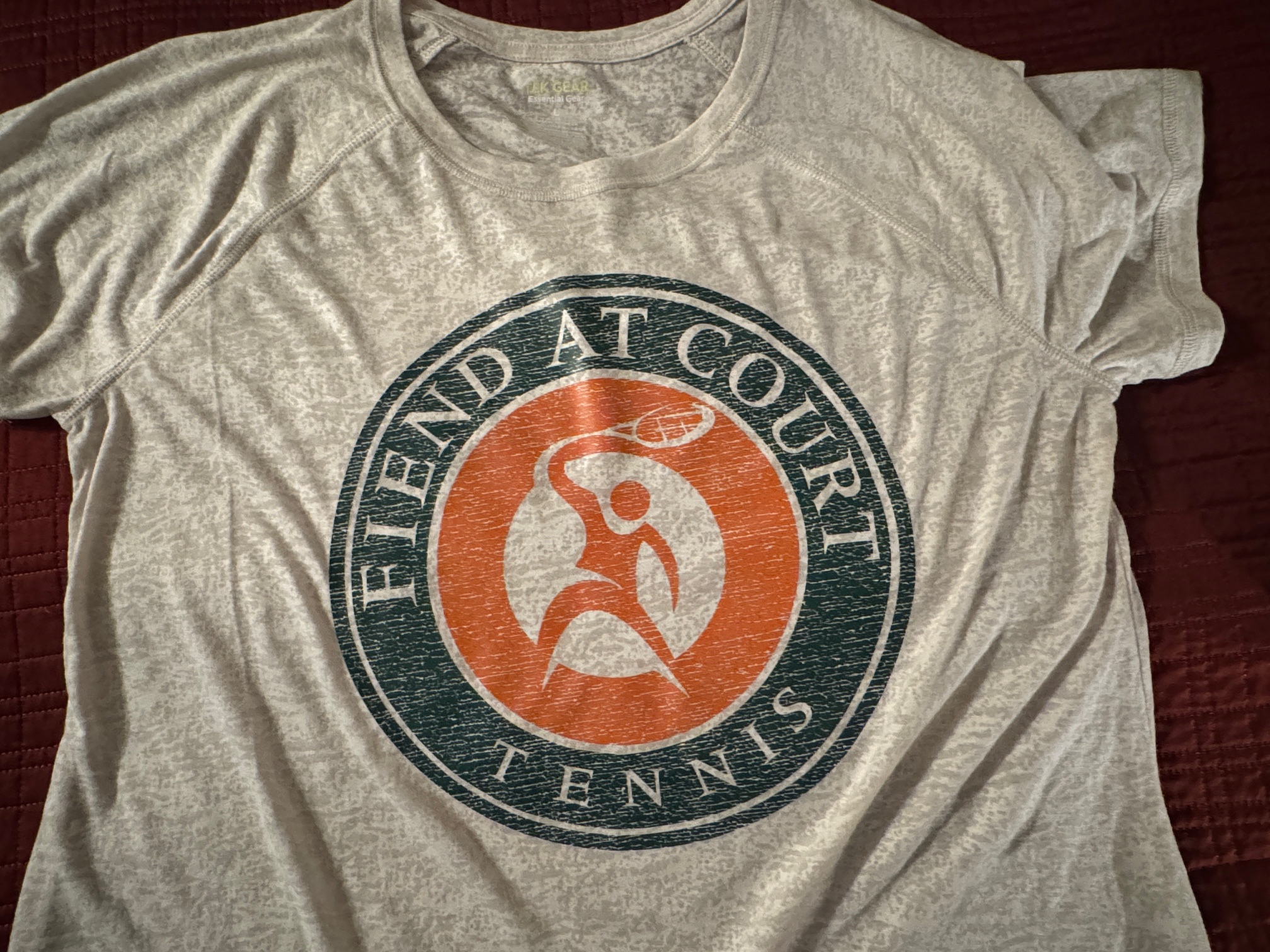Fiend at Court Unplugged
Starting in 2021, the USTA is dividing NTRP tournament participation into three age tiers: 18 and over, 40 and over, and 55 and over. If you are a regular reader of this site, this will not be news to you. I have been dwelling on the 2021 Adult Tournament changes for an extended period of time. The good news is that I think I am approaching a natural temporary conclusion of this coverage until new information emerges.
Last weekend, in “More USTA NTRP Tournament Participation Data,” we started an examination of participation data to determine whether dividing NTRP tournament divisions into age groups draws additional players to tennis. This examination is based on public data that has been scraped off the USTA TennisLink website. In the background, I am also working on increasing the fidelity of tournament participation data that can be gleaned from that source as well as expanding the breadth of coverage.
In the meantime, I performed some final analysis on the existing data set pulled from TennisLink. Specifically, I was looking to see if it provided any insight into the historic impact off adding 50+ NTRP levels on tournament participation. As a reminder, I have only pulled this historical data associated with women’s NTRP tournaments in Texas.
2018 was the first year Texas offered NTRP 50+ divisions as a standard tournament option. There were 154 women who signed up for at least one 50+ women’s tournament event in that year. Of those 154, 91 had played an NTRP tournament in the previous year prior to 50+ becoming a thing. Thus, only 63 of those players were “new” in 2018. Based on than number alone, it does appear that the addition of 50+ attracted some new players to tournaments.
The data set used can also reveal the retention rate for those new players. Of the 63 new players who played 50+ in 2018, 34 returned to play at least one tournament event in 2019. That’s a retention rate of 54%, which was a lot higher than I expected. At this point, I was seriously considering that the USTA might actually be onto something with the additional age brackets.
Before confidently drawing that conclusion, it is important to consider what was occurring in general player population during the same time period. In 2018, there were 1523 total players who entered at least one women’t NTRP tournament event. Subtracting out the 154 players who played at least one 50+ event, this leaves 1369 players who exclusively played in the 18+ age divisions.
Only 656 of those 1369 players previously played a tournament in 2017. This means that there were 713 “new” players to the 18+ divisions. This was wildly larger than I anticipated, which prompted me to triple check the player list for discrepancies. I eventually became convinced that the numbers are correct. There is simply a lot of turnover in tournament participants from year to year.
Examining the continued participation of those “new” 18+ players, 511 stuck around to play in at least one women’s NTRP tournament event in 2019. This yields a retention rate of 71% in the 18+ pool. That is significantly higher than the 54% retention rate across the same period for the 50+ divisions.
I tried to examine whether the 50+ age division attracted players at a higher rate than 18+. It is really hard to draw a meaningful conclusion off the data. Of the 776 new tournament players in 2018, 8% played at least one 50+ event which means that 92% did not. I don’t have enough data to say that it is conclusive, but it is definitely not supportive that 50+ drove higher participation.
The scraping of data and analysis was way more tedious than reading the summary of the data provided above. The question is, was it worth it? Before passing judgement, here is what I think this data is saying to me.
- This data set did not contain evidence to support that the addition of 50+ age divisions drove a higher number of participants to play tennis tournaments. While there were some new players, there were fewer “new” players than for 18+ in terms of raw numbers and overall percentage of the new player pool.
- The player retention rate for “new” 50+ players is significantly lower than for the “new” 18+ pool. This suggests that tournament engagement efforts should be to the broad player base and should not focus on the older demographic. (My demographic. Don’t @ me.)
- There is a lot of turnover in the player population from year to year. In addition to drawing new players to tournaments, this would suggest that the players who play only one tournament and never return should be studied to determine if there was something that could have changed the player experience that would have retained them.
- There is a community of die hard tournament players that generally produce the critical mass required to hold the events. The players at the top of the rankings play a lot of tournaments and events. We should study that population of players to determine what causes those players to catch fire.
This brings me back around to where I was when I started this exercise. I do not understand original the rationale for creating the 50+ NTRP age divisions and why it is being expanded as a part of the new Adult tournament format for 2021. After analyzing the historical data that I have at my disposal, I am even more befuddled by the decision.
I have no insight into the nature of the analysis that the USTA performed that lead to the conclusion decisions reflected in the upcoming tournament initiatives. It is a mystery to me why there is a belief at all that NTRP age divisions have produced a benefit. I further do not understand how NTRP age divisions will be enhanced by adding a third tier and tweaking the age brackets to 18+, 40+, and 55+ in 2021. Presumably the USTA has way better data and analysis than I do supporting this decision. I’d love to see it.
There is one silver lining that emerged from this final round of my own data analysis. In 2016, there were 1780 women who played an NTRP tournament. That number declined by 8.5% in 2017 to a number of 1629. In 2018 there was a further 6.5% drop to 1523. In 2019 the player population held steady at 1533.
Stability is good. Growth would be better. And then COVID-19 kicked all of that in the teeth anyway.



